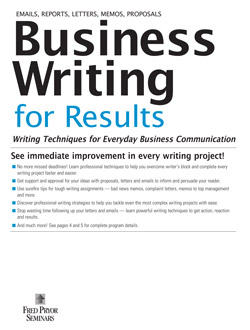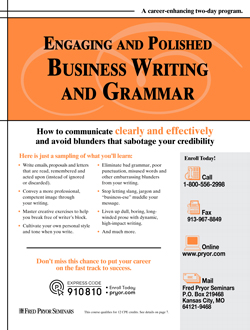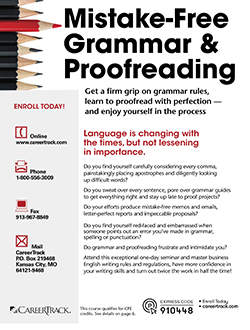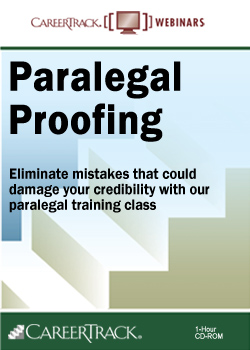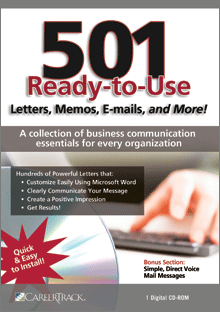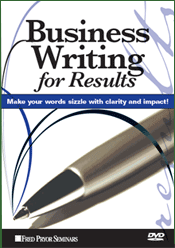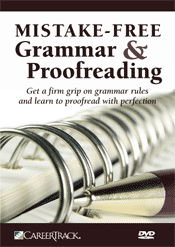Strengthen your communication skills and boost your professional credibility with our comprehensive grammar and business writing training. Whether you are drafting day-to-day communications, creating polished presentations or sending high-stakes business emails, this program equips you with the tools to write clearly, concisely, and with confidence.
Why Grammar & Business Writing Training Matters
In today’s fast-paced workplace, strong communication is not just a soft skill—it’s a competitive advantage. A well-structured message builds trust, fosters collaboration, and reinforces professional credibility. On the other hand, a simple grammar mistake or unclear writing can cause misunderstandings, damage client relationships, or even result in costly errors.
Our business writing skills course is designed to help professionals at every level improve accuracy, clarity, and impact. From proofreading legal documents to writing persuasive proposals and crafting engaging workplace emails, you’ll learn how to adapt your style for any business situation.
Develop Professional Writing Skills That Drive Results
Through this grammar training for professionals, you will learn how to:
- Eliminate common grammar errors that undermine credibility
- Write with clarity and purpose across all business formats
- Enhance your professional presence through polished communication
- Engage and persuade your audience with strong, effective writing
This professional writing course goes beyond mechanics—it focuses on helping you write for results, strengthen workplace relationships, and achieve measurable outcomes in your career.
Why Train with Pryor?
With more than 50 years of excellence in the learning and development industry, Pryor has become a trusted partner for individuals and organizations seeking impactful, results-driven training. Our business communication skills training stands out because:
- We deliver award-winning training for individuals, teams, and organizations
- Programs are available anytime, anywhere—live online, in-person, or on-demand
- Participants can earn professional credits and certifications to advance their careers
- We provide cost-effective access through PryorPlus, our all-inclusive annual training pass
Types of Grammar & Business Writing Training
Choose the learning format that best fits your needs:


